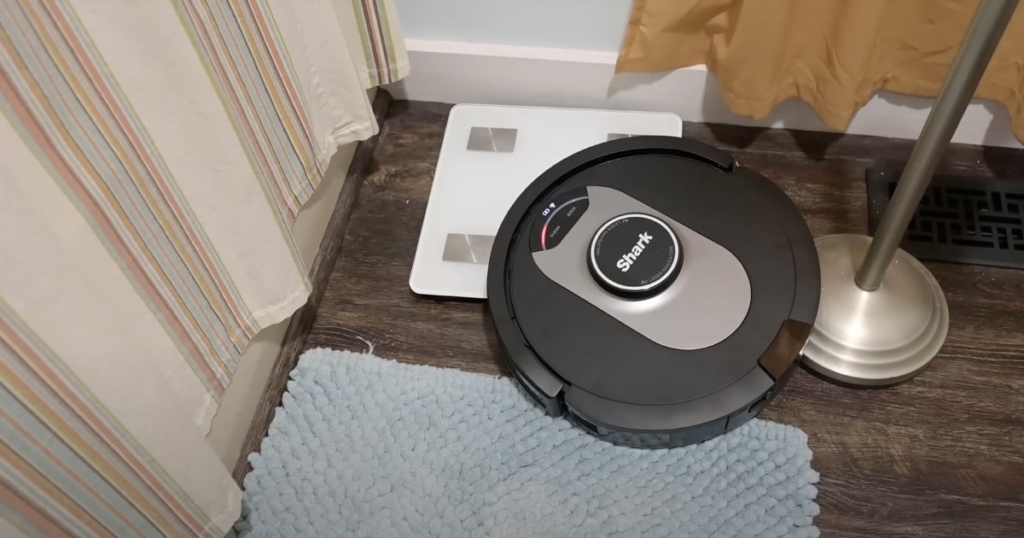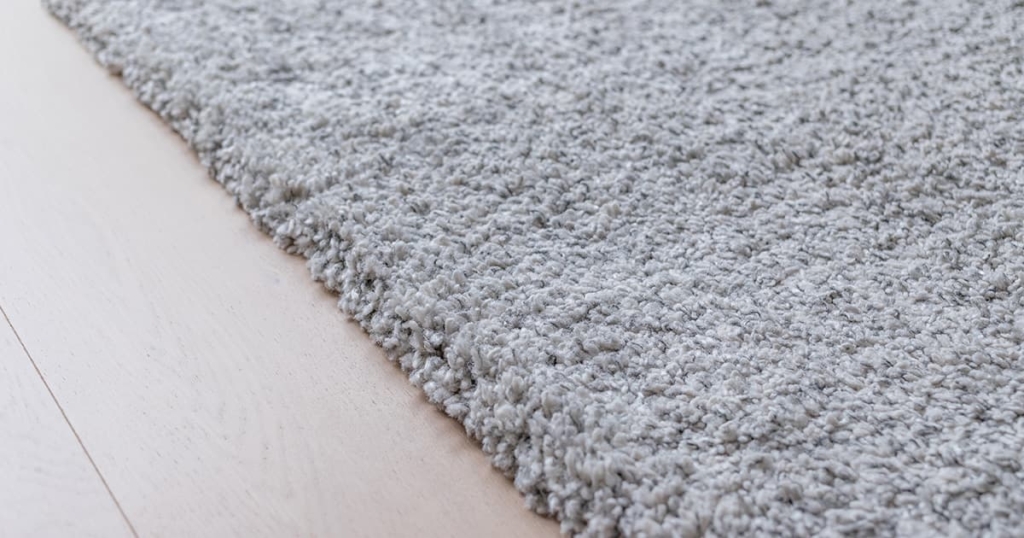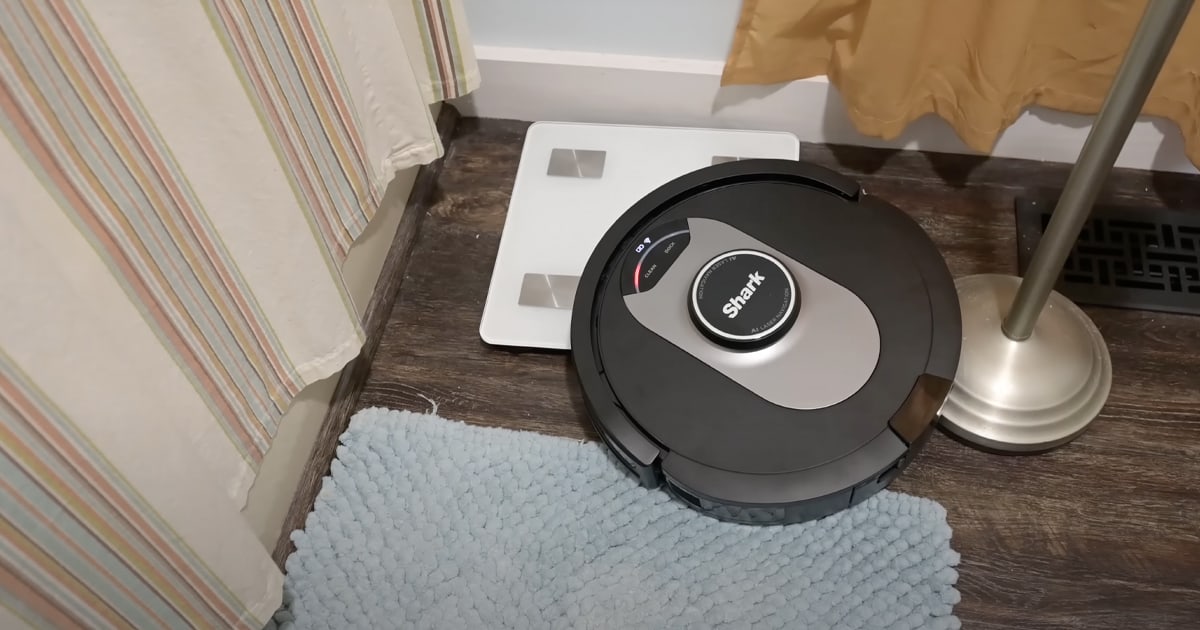As robotic vacuum enthusiasts, it’s undeniable that these devices revolutionized the way we clean our homes. Top-notch robot vacuums are capable of picking up everything from fine dust to pet hair, providing you with an effortlessly clean home.
As robot vacuums have evolved, they have become better and better at mapping and navigating the rooms in a home. However, despite their advanced technology, it is quite common for these robotic helpers to face obstacles that result in getting stuck and preventing them from accomplishing their tasks.
While testing robot vacuums for reviews and comparisons, we’ve seen just about every way robot vacuums get stuck and stop doing their job.

Understanding these common issues and learning quick fixes can help you avoid interruptions in your cleaning sessions. But, it goes beyond that. The tips below can actually extend the life of your robot vacuum.
If you’re just considering purchasing a robot vacuum, you’ve found this information at the perfect time. Preparing your home can make having a robot vacuum a much better experience. Trust us, your robot vacuum will thank you later!
In this article, we will be exploring why robot vacuums get stuck, how different models of robotic vacuum cleaners deal with various obstacles and simple ways for you to fix (or even eliminate) these issues.
When you’re done reading this, you’ll have an arsenal of tips and tricks to help your robot vacuum run smoothly – which ultimately means you can enjoy a cleaner home with less effort.
Reason 1: Entangled in Cords and Obstacles
One of the most common reasons robot vacuums get stuck is due to cords and other obstacles in the cleaning area. We saw this when we reviewed the Shark AI Self Empty XL AV2501AE.
These seemingly innocuous items can cause major issues when they wrap around the robot vacuum’s wheels and brushes. The solution for this problem is relatively straightforward: create a clutter-free cleaning environment for your vacuum.
Tips
- Take a minute to clear your floors of cords, small toys, clothing articles, or any other similar objects before sending your robot out to clean your home.
- Utilize cord organizers to keep longer cords off the floor and out of your robot vacuum’s path.
- Consider purchasing a robot vacuum with an anti-tangle brush roll design if you have pets or a significant amount of clutter in your home.
Reason 2: Trapped in Deep Carpets and Rugs
Thick carpets, shaggy rugs, and bathroom mats are tricky surfaces for many robot vacuums. The vacuum may become stuck in the high pile or get confused by the different textures and colors.

Choosing a robot vacuum that can handle multiple floor types is essential for avoiding this issue, especially if you have multiple carpet styles in your home. If unsure, read the reviews of the robot vacuums you’re considering to see if anyone has had the specific problem you’re worried about. You can also reach out to the manufacturer directly.
Tips
- Ensure your robot vacuum is equipped to handle the specific carpet types in your home, such as high-pile carpets and rugs.
- Regularly check the vacuum’s wheels and brushes for tangled fibers, which may cause issues when transitioning between floor types.
- If your robot vacuum continually struggles with a specific area rug or carpet, consider blocking it off using magnetic strips, virtual boundaries or no-go zones.
Reason 3: Navigating Uneven Surfaces and Thresholds
A tricky part of robot vacuum navigation is traversing uneven surfaces and thresholds. Some vacuums have difficulty transitioning between surfaces, such as hardwood floors to tile or over thresholds between rooms. When this happens, your vacuum might become stuck, struggle to change direction, or even become disoriented.
Tips
- Verify the maximum threshold height your robot vacuum can efficiently cross and compare it with your home’s layout.
- If necessary, add ramps or transition strips to help your vacuum cross uneven surfaces more easily.
- Invest in a robot vacuum that features advanced mapping and navigation technology that includes the creation of no-go zones and virtual walls.
Reason 4: Too Dark
While some robot vacuums have no problem navigating in the dark, not all have this capability. In fact, for years robot vacuums struggled in low lighting, fumbling around in low-lit rooms and ultimately becoming confused.
So, why can some robot vacuums navigate in the dark while other’s cannot? A robot’s ability to navigate in the dark relies on it using a technology which isn’t sensitive to low lighting. Specifically, robot vacuums which use LiDAR to navigate well in low lighting and even in completely dark rooms.
Tips
- Check the manual for your robot vacuum and see if it is able to navigate in dim or dark conditions.
- If your robot vacuum lacks LiDAR, have it clean during the day.
- Leave lights on when your robot vacuum is cleaning.
When shopping, don’t expect to find LiDAR on cheap robot vacuums. Robot vacuums that can navigate in the dark are often more expensive as their LiDAR navigation is more costly than less-sophisticated approaches. But, in the past few years LiDAR has become more popular and prices have become more reasonable.
Reason 5: Dead Batteries and Full Dustbins
Even with advanced technology, issues like dead batteries and full dustbins can still plague robot vacuums. Vacuums that haven’t been properly maintained may get stuck in the middle of a cleaning cycle. Ensuring that your robot vacuum has enough power to complete its tasks and regularly checking its dustbin capacity is essential to prevent these problems.
Tips
- Keep an eye on your robot vacuum’s battery life and ensure it’s fully charged before starting a cleaning cycle.
- If your vacuum regularly dies before completing its tasks, consider adjusting its cleaning schedule to allow sufficient time for charging between cleaning runs.
- Empty the dustbin after each cleaning session or more frequently if you have a large area to clean or heavy debris.
Keep Your Robot Vacuum Running Smoothly
Robot vacuums have revolutionized the way we clean our homes, but they’re still not immune to getting stuck. By understanding the most common reasons for these issues, you can take preventative measures and apply quick fixes when necessary.
Keep your floors clear of cords and obstacles, make sure your vacuum is equipped to handle various carpet types and uneven surfaces and maintain proper battery life and dustbin capacity for optimal performance.
Investing in a robot vacuum is a smart move that saves time and effort, and with these tips in mind, you can ensure that your trusty cleaning partner works more efficiently and effectively for years to come.
We hope this guide helps you maintain a cleaner home and keeps your robot vacuum running smoothly!




